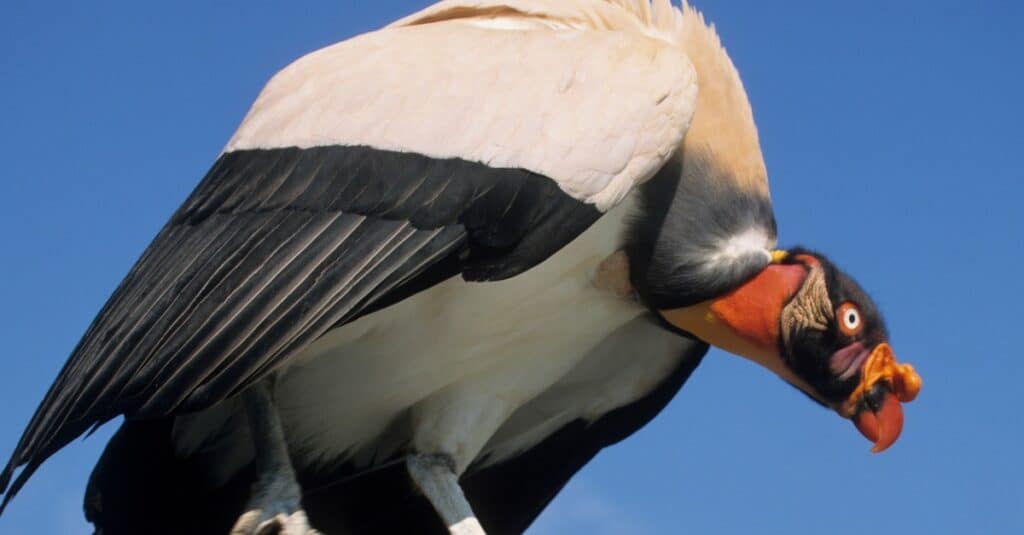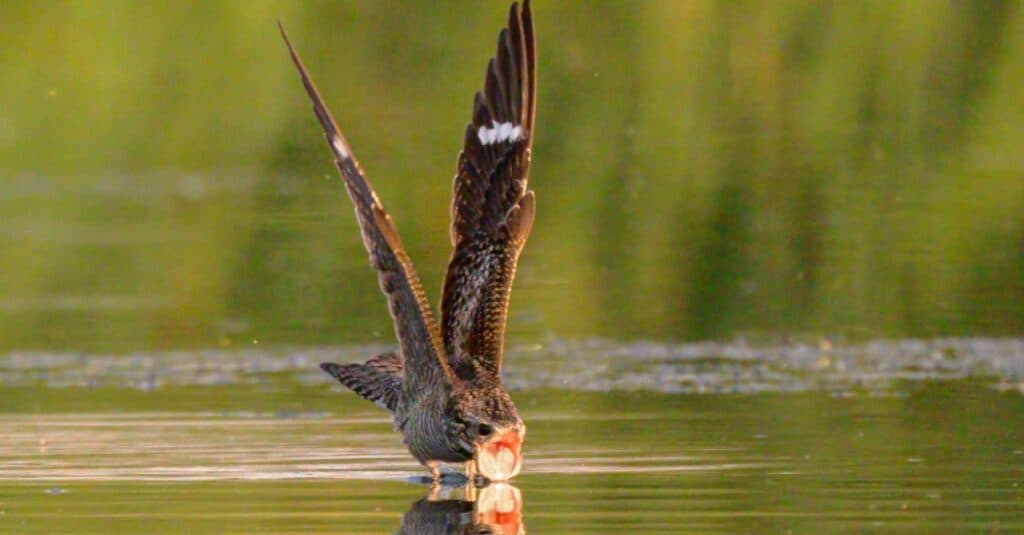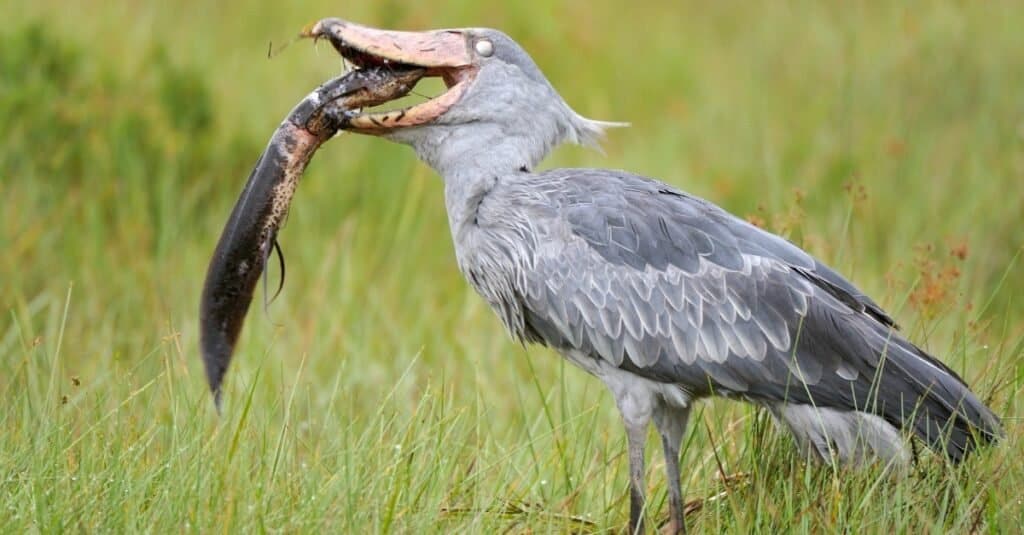Birds are generally known as omnivores, which means they eat pretty much anything their mouths can manage. However, unlike most animals that use their teeth to catch and chew their food, birds only seem to have hollow mouths that show no signs of teeth, which raises the frequently asked question –do birds have teeth? Technically, birds do not have teeth; instead, they have beaks to help them peck, scoop, catch, and eat their food. However, the bird’s beak is much more complicated than it seems.
Birds inhabit forests and shrublands with nearby water sources. They are pretty much everywhere except the Arctic. While most birds are harmless and eat only insects, seeds, and fruits, there are birds of prey who feed on larger animals such as young mammals, rodents, or even snakes. It can be puzzling to think how toothless birds can scoop down snakes and other larger prey despite their lack of teeth and how their flying dynamics help them lift their heavy prey high up in the air. You may be surprised that the answer to these two puzzles is related.
Do Birds Have Teeth?

Birds do not have teeth; they have beaks instead.
©iStock.com/Michel VIARD
To answer quickly, no. Birds do not have teeth. Instead, they have beaks or bills attached to their heads that help them peck on food, pick them up, and angle them for easier swallowing. However, it is also understandable why many people often assume birds have teeth. Birds have ridges by the edges of their beaks or bills, creating an illusion that they have tiny serrated teeth lining along their edges.
Why Don’t Birds Have Teeth?

Lack of teeth improves flight for birds.
©iStock.com/M. Leonard Photography
Birds were studied to have teeth millions of years ago. However, as they evolved, birds did not use their teeth as they often swallow their prey. In addition, teeth are heavy and significantly add to an animal’s weight. Thus, birds need to have less or no teeth to improve flight.
Millions of years ago, birds weren’t a whole group of flying feathered animals. Scientists believe that birds used to be reptiles and part of a meat-eating group of dinosaurs called theropods. The earliest bird fossils discovered date back to 150 million years, resembling flying dinosaurs. On the other hand, modern-day birds are descendants of Archosaurs, a group of non-avian reptiles that went extinct about 100 million years ago. Together with crocodiles, birds are now the Archosaurs’ remaining living representatives.
Because birds didn’t need teeth, they later evolved without them. Most birds get their food using their sharp and strong beaks and claws. Small animals, insects, and seeds are common food for birds, and teeth will only hinder their feeding instead of facilitating it. Beaks, on the other hand, are easier to use in this diet.
Studies have led scientists to believe that lack of teeth improves flight for birds. Because teeth are heavy materials, it will be easier for birds to fly without them.
How Do Birds Eat and Digest Their Food?

Birds have sharp ridges on the edges of their beaks that help them catch their prey.
©iStock.com/Michel VIARD
Even though birds do not have teeth, this doesn’t hinder them from properly eating a wide range of food. Birds have sharp ridges along the edge of their beaks or bills to help them grip tightly on their prey. Like how carnivores use canines to latch onto their victims, birds also use their ridged beaks to catch their prey. Since birds do not have molar teeth to crush and grind their food, they swallow them whole. The food then goes down to their gizzard, a muscular organ in their stomach that breaks down and grinds the prey before digesting.
The bird’s gizzard is surprisingly powerful. Some species of birds include clams, mussels, and other crustaceans and bivalves into their diet, and the gizzard is strong enough to crush and pulverize their shells. Thus, having teeth is just a waste of resources for birds, considering that they really won’t have any function.
A few species of birds seem to have teeth, though, but not the actual teeth seen in other animals. These are tooth-like serrations called “tomia.” These serrations in the upper mandible are highly efficient in severing the victim’s vertebrae. Toucans and falcons are birds that have tomial teeth. These tomial teeth are not coated with enamel and are made of keratin.
Newly hatched birds have an “egg tooth,” a tiny yet sharp structure at the edge of the baby bird’s beak that helps them break through the egg’s shell when hatching. However, this egg tooth will fall out just a few days after hatching.
How Do Bird Beaks Work?
The bird’s beak is generally used for hunting, catching, and eating food. Birds also use their beaks for drinking. However, the beaks have many more uses than those. Bird beaks are weapons for self-defense and protecting their nests or their young. Birds also use their beaks in preening and feeding their young.
The bird’s beak is composed of keratin, the same protein material that gives human fingernails their glossy appearance. This keratin produced by the beak also makes it robust and durable, and even when the keratin wears down, a new layer forms that helps the beak remain sharp. Raptors like eagles use their sharp, pointed beaks to bite their prey at the skull or in the neck. This bite will puncture and kill their victims, and then they will start to rip off the prey’s meat. Most birds of prey also use their beaks to carry their prey from the ground or the water surface back to their nests.
Do Birds Have Tongues?
All birds have tongues, and they have more interesting features than most mammals have. Some bird species even have tongues longer than their beaks, causing them to stick out. Some birds have split-ended tongues, while others have backward-facing tongues. Tongues are essential for birds in hunting as they aid them in catching their prey. Grubs, for instance, are often stuck on bird tongues through a sticky secretion that aids birds to prey on insects.
The photo featured at the top of this post is © iStock.com/MelodyanneM
Thank you for reading! Have some feedback for us? Contact the AZ Animals editorial team.






